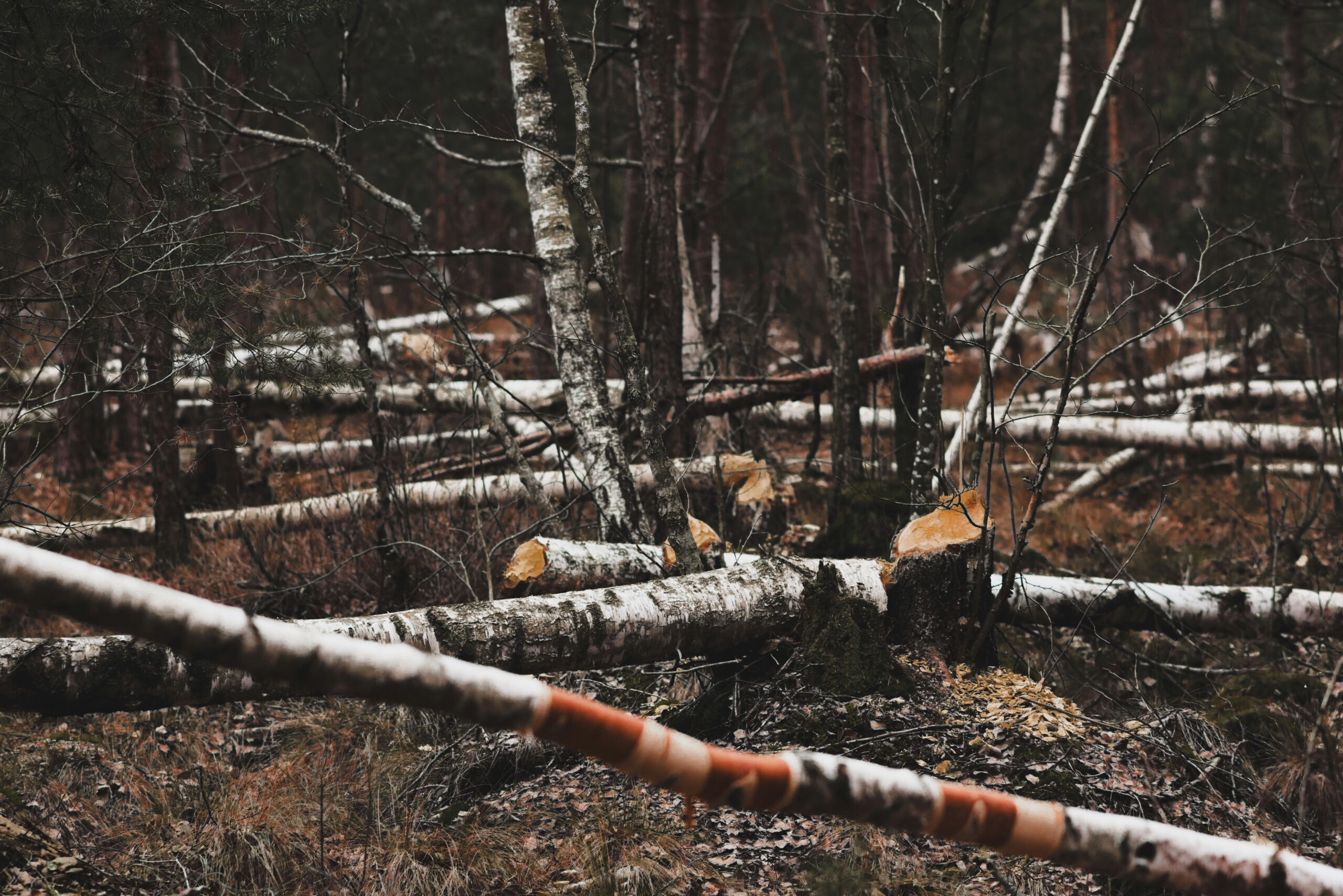When the European Union introduced the Deforestation Regulation (EUDR), it didn’t just set a new environmental rule. It reshaped how global supply chains work. For companies trading in products like coffee, cocoa, palm oil, wood, or rubber, compliance isn’t a side task anymore. It’s a full-scale responsibility that touches sourcing, logistics, and sustainability reporting all at once.
That’s where EUDR solutions come in. These digital platforms simplify the heavy lifting: collecting data, verifying supplier information, and proving that every product entering or leaving the EU market is deforestation-free and legally sourced. The best ones do it quietly in the background, letting teams focus on business growth instead of drowning in documentation.
Below, we’ll explore what these solutions actually do, how they work, and what to look for if you’re trying to build or buy a compliance-ready system.
Why Companies Need EUDR Solutions Now
The EUDR has raised the bar for traceability. It requires companies to show exactly where their raw materials come from, down to the geolocation of the land where they were produced. Every operator or trader placing a product on the EU market must provide a Due Diligence Statement (DDS) confirming that:
- The product was produced legally in its country of origin.
- The land wasn’t subject to deforestation or forest degradation after December 31, 2020.
- The supply chain is fully traceable and verified.
Doing all this manually isn’t practical. You’d need teams dedicated to collecting field data, checking maps, tracking suppliers, and preparing compliance reports. EUDR solutions automate that process, pulling together all the data you need in one place and producing audit-ready documentation when it’s time to prove compliance.
What EUDR Solutions Actually Do
Most EUDR compliance platforms are built to handle three main tasks: data collection, risk analysis, and due diligence submission. But the way they approach these steps varies depending on the size and type of business. Let’s look closer at what happens behind the scenes.
1. Data Collection and Supplier Management
The first challenge is getting complete, accurate information from every supplier in your chain. EUDR solutions make this possible by creating digital profiles for each supplier with business details, certificates, and product information. They also collect geolocation coordinates, often in the form of polygon data, for farms, plantations, or production sites to ensure traceability.
Modern platforms usually include mobile apps or supplier portals that make it easy to upload harvest timing and field data directly from the source. These systems run plausibility checks to identify missing or inconsistent information before it becomes a compliance issue.
2. Risk Assessment and Verification
Once the data is collected, the next step is assessing and verifying risk. EUDR platforms perform either AI-driven or index-based risk analyses to evaluate the compliance status of each supplier, product, and region. They check whether the production area overlaps with zones of recent deforestation, if the supplier’s country has a track record of weak enforcement, and whether all social, environmental, and legal requirements are being met.
Advanced solutions, such as those that integrate satellite imagery and multi-source environmental datasets, can detect deforestation patterns or irregularities early. Others focus on combining local legal frameworks and certification data to strengthen their analysis.
This stage is crucial because it determines whether a company must apply additional risk mitigation measures before submitting its due diligence documentation. Rather than treating this as a formality, modern EUDR systems use it as a safeguard – helping companies identify potential issues early and take corrective action before they escalate.
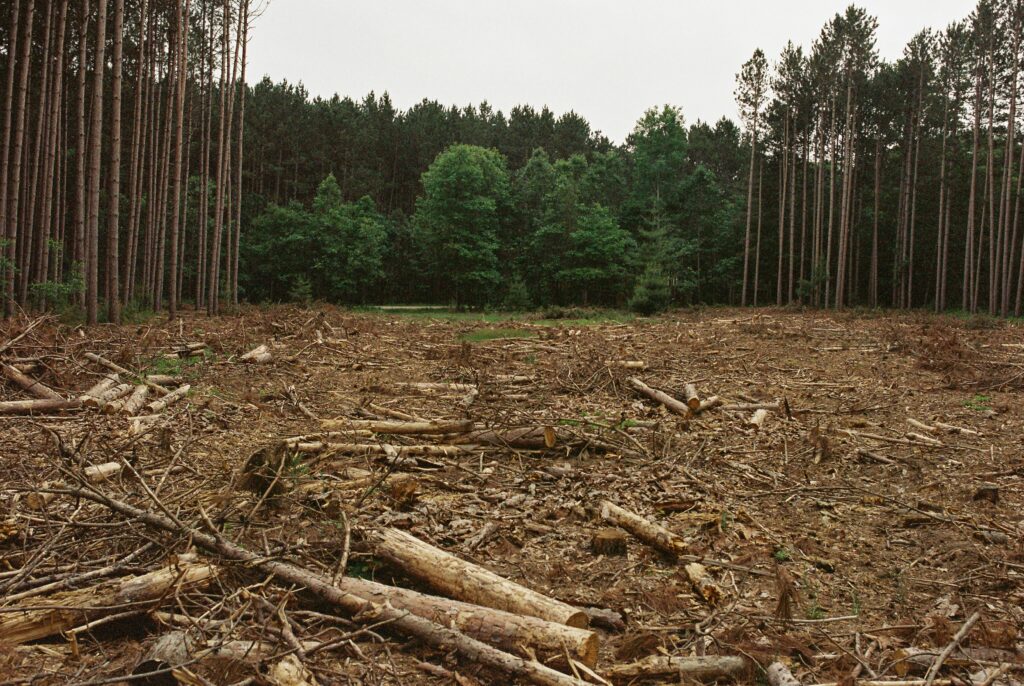
Top EUDR Solutions for Smarter Compliance
As the EUDR compliance deadline approaches, more companies are looking for reliable platforms that make the process faster, easier, and legally sound. From automated risk assessments to satellite-based monitoring, these solutions simplify every part of due diligence and help businesses prove that their supply chains are deforestation-free.
Below are five standout EUDR solutions that are helping companies stay compliant, transparent, and audit-ready.
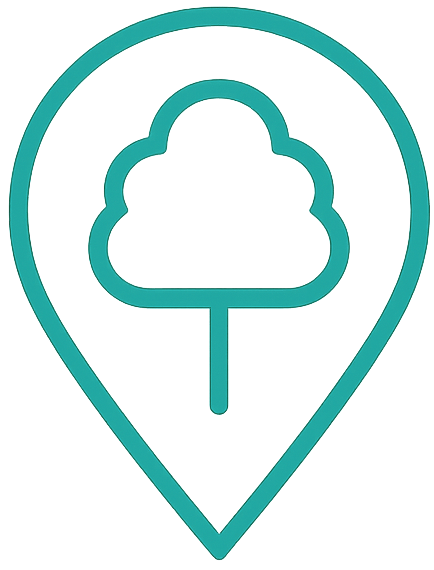
1. EUDR.co
Op EUDR.co, we help businesses of all sizes accelerate their journey toward sustainability and compliance. Our platform is designed to make EUDR reporting accessible, precise, and fully automated. By combining satellite-based deforestation monitoring with intuitive workflows, we turn what used to be a complex, manual task into a straightforward process.
We know that compliance shouldn’t drain your resources. That’s why we built an affordable, flexible system that reduces paperwork and improves accuracy. Every report generated on our platform is backed by verified data, giving you the confidence to submit your due diligence statements without second-guessing your information.
Belangrijkste kenmerken:
- Satellite-based monitoring for real-time deforestation analysis
- Automated data collection and reporting tools
- Verified sustainability insights across all supply chains
- Flexible pricing and easy onboarding for businesses of any size
- Support for all EUDR-regulated commodities, including coffee, cocoa, palm oil, soy, rubber, wood, and cattle
Contacts:
- Website: eudr.nl
- Telefoon: +49 6151 2776497
- E-mail: info@eudr.com
- Adres: Robert-Bosch-Str. 7, 64293 Darmstadt, Duitsland
- LinkedIn: www.linkedin.com/company/eudr

2. Source Intelligence
Source Intelligence offers a comprehensive, SaaS-based solution built to manage EUDR compliance from end to end. Its platform supports sub-tier supplier mapping, risk analysis, and due diligence statement submissions via integration with EU TRACES. By combining automation with AI-powered environmental datasets, the system helps companies identify and mitigate deforestation risks early.
Belangrijkste kenmerken:
- Automated risk scoring and mitigation workflows
- Integration with EU TRACES for direct DDS submission
- Satellite-based deforestation detection and risk mapping
- Real-time supplier engagement and sub-tier visibility
- Centralized dashboard for monitoring compliance progress
Contacts:
- Website: www.sourceintelligence.com
- Phone: +1 877.916.6337
- Address: 4660 La Jolla Village Drive Suite 100 San Diego, CA 92122
- LinkedIn: www.linkedin.com/company/source-intelligence
- Facebook: www.facebook.com/sourceintelligence
- Instagram: www.instagram.com/source.intelligence
- X (Twitter): x.com/SourceIntel

3. osapiens HUB for EUDR
osapiens brings a legally guided and automation-focused approach to EUDR compliance. Developed in cooperation with legal experts at Graf von Westphalen, the osapiens HUB ensures every process aligns with EU standards. It offers both pre-configured and customizable workflows to suit the needs of SMEs and large enterprises alike.
Belangrijkste kenmerken:
- AI-driven risk assessment using satellite imagery
- Supplier portals for data collection and validation
- Automated DDS generation and EU submission
Contacts:
- Website: osapiens.com
- Address: Berlin Paul-Lincke Ufer 42, 10999 Berlin, Germany
- LinkedIn: www.linkedin.com/company/osapiens
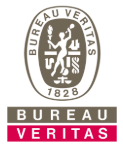
4. Bureau Veritas EUDR Services
Bureau Veritas takes a broader sustainability approach, offering modular and technology-agnostic services to help importers and traders meet EUDR requirements. With decades of experience in certification and compliance auditing, they combine global expertise with on-the-ground assessments for a complete risk management strategy.
Belangrijkste kenmerken:
- End-to-end consulting and gap analysis for EUDR readiness
- Risk management system design and reporting
- Training programs for internal compliance teams
Contacts:
- Website: group.bureauveritas.com
- Phone: +33442372501
- Email: info-fr@bureauveritas.com
- Address: 405 rue Emilien Gautier ZA Lenfant AIX EN PROVENCE FRANCE
- LinkedIn: www.linkedin.com/company/bureau-veritas-group
- Instagram: www.instagram.com/bureauveritasgroup
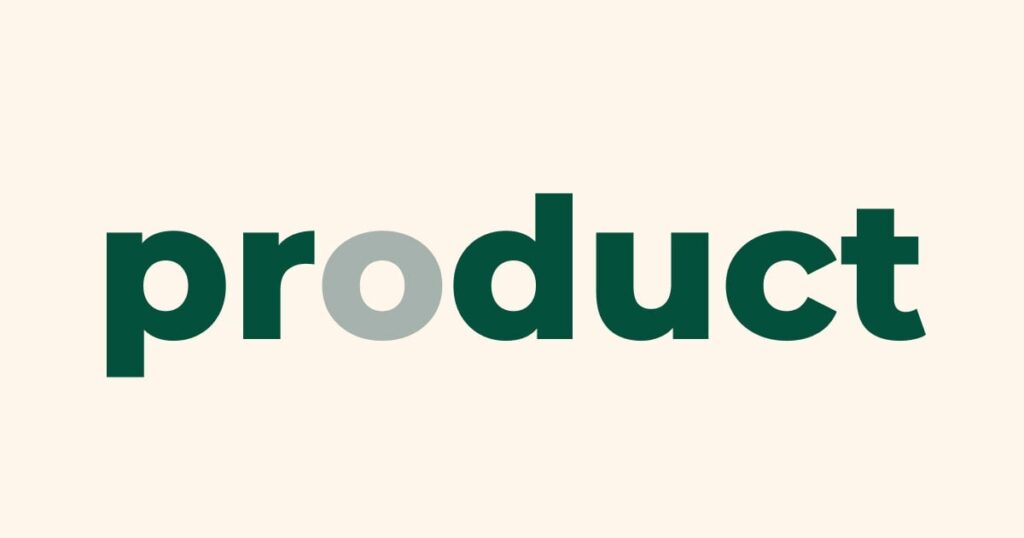
5. prduct.com
Based in Denmark, prduct.com delivers a clean, practical interface for managing sustainability regulations, including EUDR. Its focus is on helping companies identify and mitigate risks in their supply chains through structured modules that support data collection, risk mapping, and corrective actions.
Belangrijkste kenmerken:
- Simplified chain of custody and traceability tools
- Centralized data management for EUDR commodities
- Built-in risk assessment and mitigation modules
Whichever you choose, the goal remains the same: to simplify compliance, strengthen transparency, and protect your business from the financial and reputational risks of non-compliance – all while contributing to a more sustainable global supply chain.
Contacts:
- Website: prduct.com
- Phone: +45 5020 8844
- Email: hi@prduct.com
- Address: Universitetsbyen 7, Aarhus C, Denmark, DK8000
- LinkedIn: www.linkedin.com/company/prduct
How EUDR Solutions Support Broader Sustainability Goals
Although these tools are primarily designed for compliance, they often have a much wider impact on how companies approach sustainability. By collecting detailed field data and maintaining full supply chain transparency, businesses gain insights that go far beyond meeting regulatory requirements.
With accurate data in hand, companies can identify suppliers that consistently meet environmental and social standards, build stronger long-term sourcing relationships based on verified sustainability performance, and align EUDR reporting with other frameworks such as CSRD, CSDDD, or broader ESG benchmarks. The same digital infrastructure can also be used to track and report on emissions, water usage, or biodiversity impacts, turning compliance data into a powerful sustainability asset.
In other words, once the EUDR framework is in place, it does more than ensure deforestation-free sourcing – it becomes a foundation for a company’s overall sustainability strategy and long-term environmental accountability.

Choosing the Right EUDR Solution: What to Consider
Selecting an EUDR compliance platform isn’t just about finding software that ticks the regulatory boxes. It’s about choosing a tool that fits the way your company actually operates – your data systems, supplier structure, and internal resources. A well-chosen solution doesn’t just help you meet deadlines; it saves time, reduces risk, and keeps your compliance process running smoothly even as regulations evolve.
Here are the main criteria to keep in mind when evaluating your options:
Ease of Implementation
Look for a solution that integrates quickly with your existing systems. The best tools don’t require a full IT overhaul or long deployment cycles. Ideally, you should be able to connect supplier databases, ERP systems, or procurement platforms without disrupting ongoing operations. Some platforms also offer cloud-based onboarding, so you can start using them within days instead of weeks.
Automation Level
Manual compliance work is no longer sustainable. Modern EUDR tools should be able to automatically generate and submit Due Diligence Statements (DDS) to the EU Information System. They should also update risk data in real time using external sources such as satellite imagery or deforestation databases. The more your solution can automate repetitive tasks, the less time your team spends fixing data inconsistencies or chasing suppliers for missing details.
Scalability
Your compliance needs will grow as your business expands. A strong EUDR solution should scale easily, whether that means managing thousands of suppliers, adding new commodities, or expanding to additional regions. The platform should be flexible enough to handle larger data volumes and more complex risk assessments without losing performance or accuracy.
Legal Credibility
Compliance isn’t only about technology – it’s also about legal precision. Choose a provider that stays aligned with the latest EU guidelines and updates. Some platforms work directly with law firms or industry regulators to validate their processes, which can be especially helpful during audits or inspections. This legal assurance protects your company from costly penalties or compliance gaps caused by changing rules.
User Support
Even the most advanced software is only as good as the support behind it. Reliable EUDR platforms provide user training, onboarding sessions, and responsive customer support. This is particularly valuable for smaller teams or companies that are new to sustainability reporting. Look for providers with dedicated compliance specialists who can answer questions, guide setup, and help interpret complex requirements when needed.
In the end, choosing the right EUDR solution is less about brand names and more about practicality. The best tool is the one that fits your company’s current workflow while preparing it for future regulations. A well-matched system won’t just help you stay compliant – it will strengthen your data governance, improve supplier relationships, and build long-term trust in your sustainability efforts.
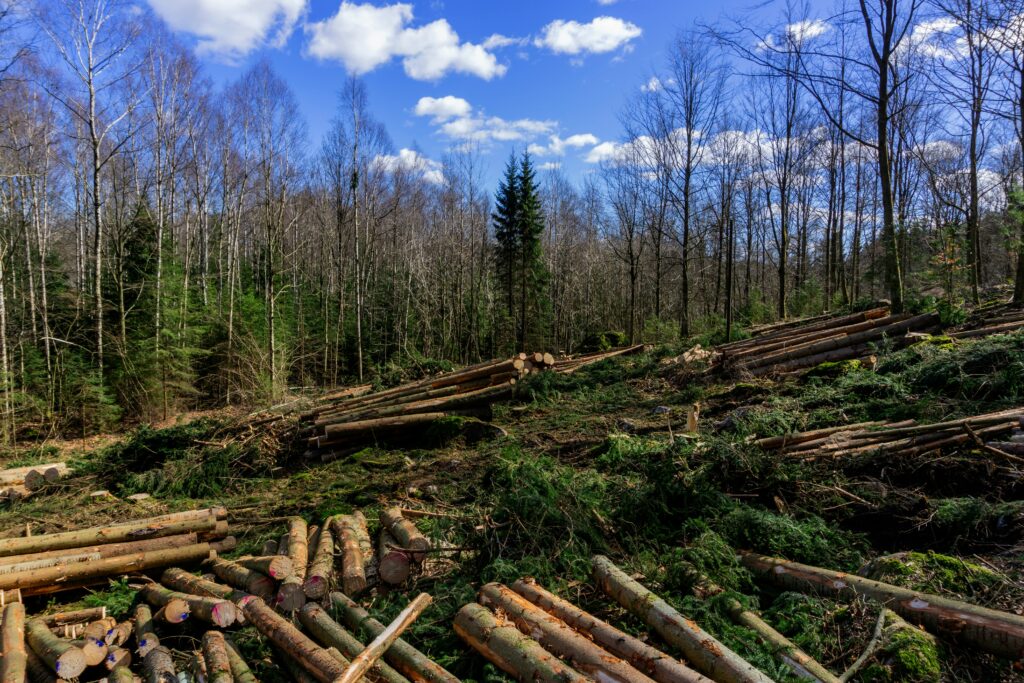
The Role of Technology in Future Compliance
As EUDR enforcement deadlines approach – December 2025 for large and medium-sized companies and June 2026 for small and micro businesses – automation will play an even greater role in how businesses manage compliance. The next generation of EUDR tools is already evolving beyond simple reporting systems. Many now integrate AI to predict potential risks before audits, blockchain to secure supply chain records, and APIs that connect directly with customs systems for real-time data exchange.
Geospatial analytics is also becoming a cornerstone of compliance technology, enabling automated detection of deforestation trends through satellite monitoring. These innovations make it possible to verify product origins, validate supplier claims, and identify irregularities long before a regulatory review takes place.
This technological shift is moving compliance from a reactive process to a proactive one. Instead of scrambling to meet requirements after issues arise, companies can use data to anticipate and prevent violations. In the long run, technology will not only make compliance easier but also help businesses operate more transparently, sustainably, and confidently in a global market where environmental accountability is no longer optional.
Final Thoughts: Making EUDR Compliance Work for You
Complying with the EUDR isn’t about ticking a regulatory box. It’s about proving that your supply chain operates responsibly and transparently. While the process sounds complex, EUDR solutions are turning what once required months of manual work into an automated, auditable workflow.
These systems don’t just help you meet deadlines; they help you build trust. They give your customers, investors, and partners confidence that sustainability isn’t just a statement on your website but something embedded in how you operate every day.
If you view EUDR compliance as a burden, it will feel like one. But with the right digital tools and processes, it becomes a chance to modernize how your company manages risk and accountability. The smartest businesses aren’t just complying – they’re using compliance as a way to grow more resilient, transparent, and future-ready.
Veelgestelde vragen
1. What is EUDR software?
EUDR software is a digital platform that helps companies comply with the European Union Deforestation Regulation (EUDR). It automates tasks like collecting supplier data, verifying geolocation information, assessing deforestation risks, and submitting due diligence statements. The goal is to make compliance practical and scalable instead of a time-consuming manual process.
2. Who needs EUDR compliance software?
Any company that imports, exports, or trades products made from EUDR-regulated commodities – such as coffee, cocoa, wood, palm oil, soy, rubber, or cattle – will need to comply with the regulation. This applies to both large corporations and small or medium-sized enterprises (SMEs) once their respective deadlines take effect.
3. How does EUDR software help with traceability?
These systems use digital mapping, supplier portals, and sometimes satellite monitoring to track where each commodity was produced. They ensure that all raw materials are traceable to specific plots of land, helping companies prove that their products are legally sourced and deforestation-free.
4. Can EUDR software integrate with my existing systems?
Yes. Most modern solutions offer API integrations that connect directly to ERP, procurement, or supply chain systems. This allows data to flow automatically between internal tools and the EUDR platform, reducing manual input and improving data consistency.
5. Is EUDR software only about compliance?
Not at all. While it ensures legal compliance, it also helps companies improve transparency, sustainability, and supply chain management. The same tools used for EUDR reporting can support broader ESG reporting, emissions tracking, and supplier sustainability assessments.

